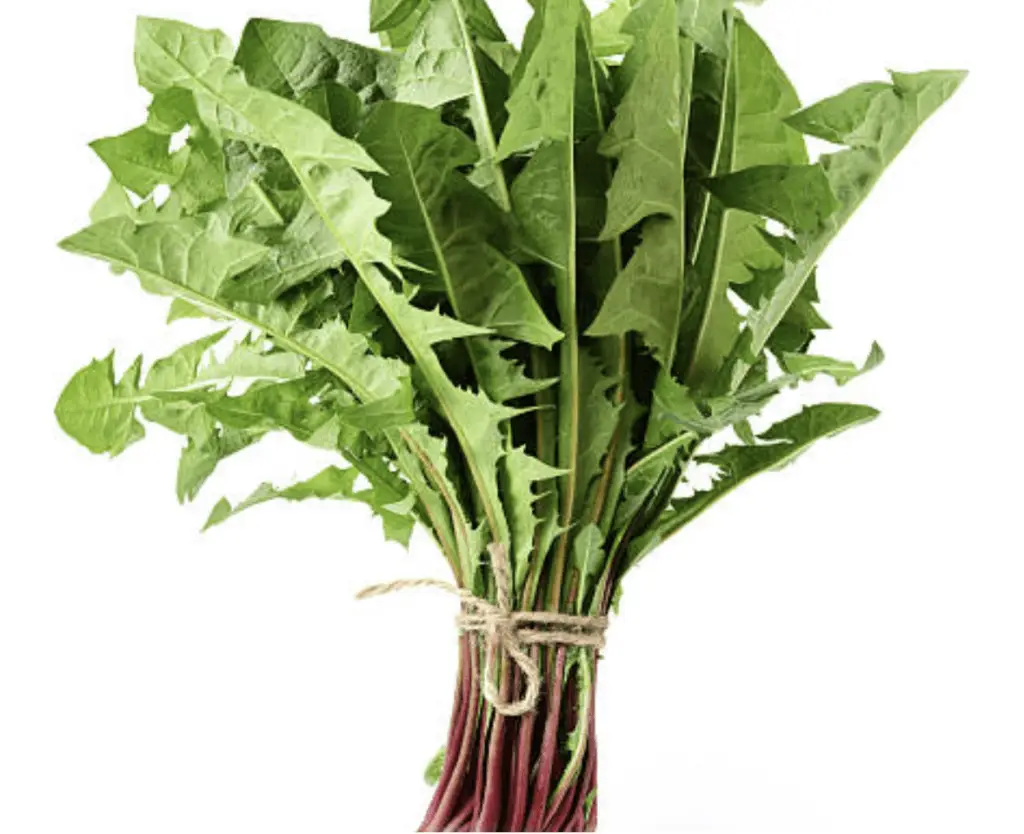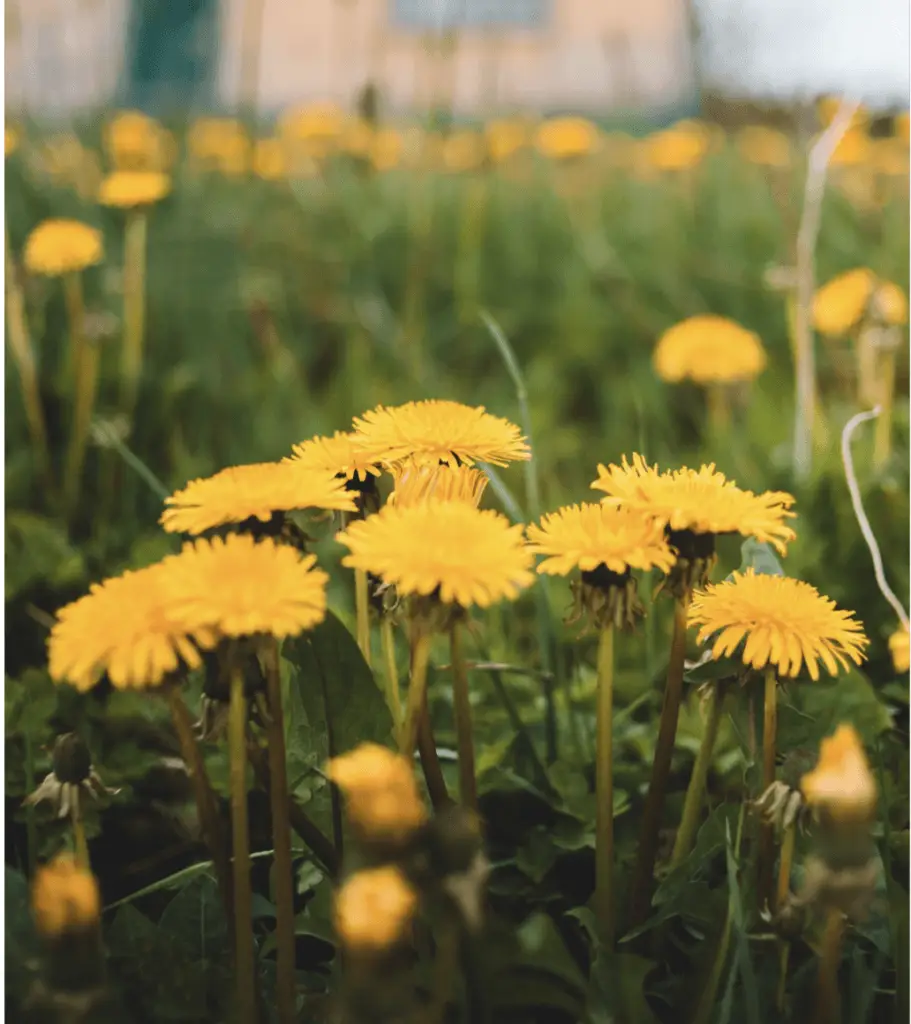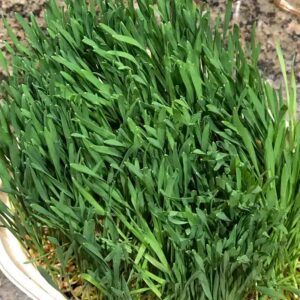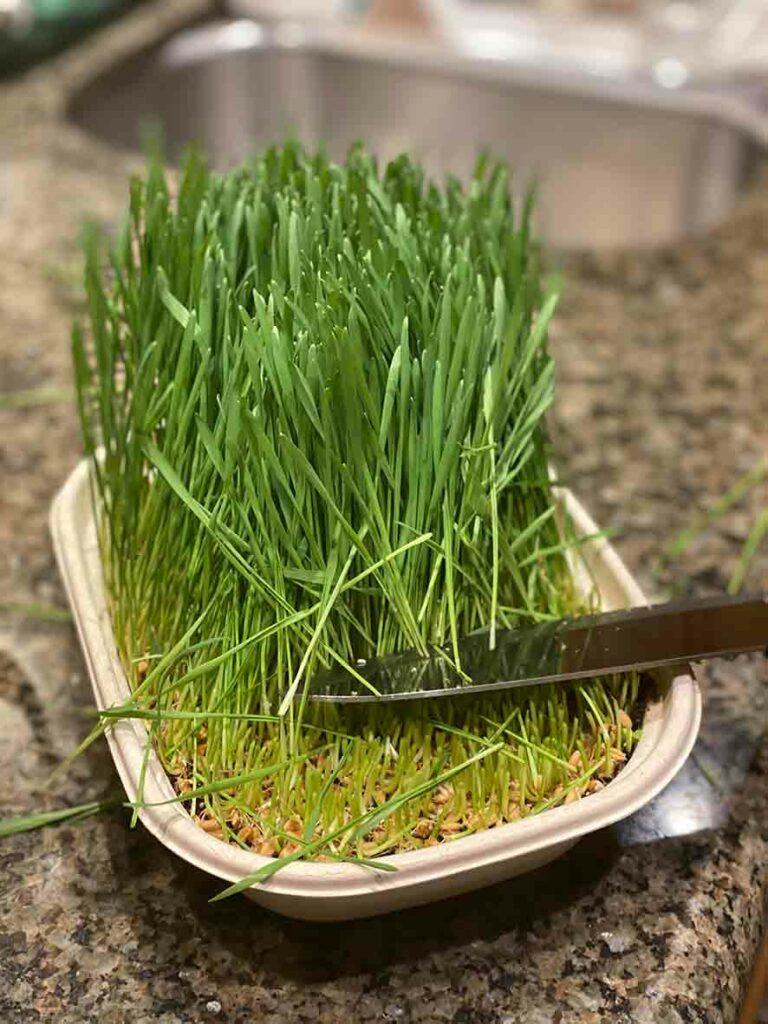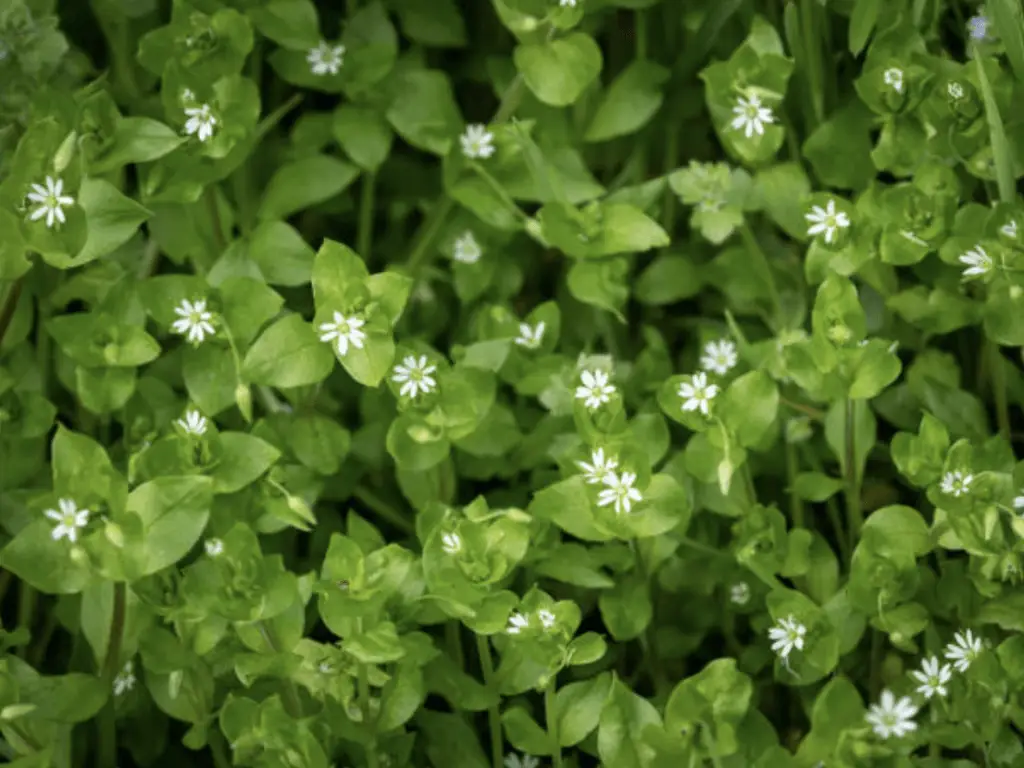
Why is it called chickweed?
Because it was used as feed for chickens.
Since I was little, I could tell this plant apart from other so called weeds, and I knew that budgies and other cage-birds love it too! Especially the tiny pretty flowers, the small delicate leaves, and later in the season, the seeds. How come animals instinctively know about the chickweed benefits? They must somehow know what to eat and what not? I wish we would know that too. But instead… we follow our taste buts (e.g. fried food) instead of eating what is healthy…. so we need to discover it now. Read on.
Nutritional facts and history of chickweed
Already centuries ago, chickweed was used in culinary dishes and had many remedy uses, such as reducing inflammation, fighting germs, and to rejuvenate the whole body! Wild common chickweed (I don’t think you can’t buy it anywhere yet) is one of nature’s super foods for overall health and especially for purifying the blood and lymphatic system (removes harmful substances). The way I consume it is in blended drinks (smoothies)… but I don’t use too much (only a handful) since it otherwise may act as a natural laxative (oops). Applied topically it will sooth rashes and itchy skin.
- Blood and lymph cleanser
- Supports digestion
- Skin-soothing qualities
Chickweed is very nutritious! It’s packed with everything our body is longing for. Like wheatgrass, it has it all! It’s high in diverse plant compounds (e.g. phytosterols, tocopherols, triterpene saponins, flavonoids), minerals, vitamins and other nutrients, including calcium, copper, iron, niacin, selenium, GLA (gamma-linolenic acid), thiamine as well as vitamin A, D, B complex, C, rutin (a bioflavinoid), potassium, phosphorus, zinc, manganese, sodium, silica and beta-carotene.
That is quite a lot for such a diminutive plant! In comparison, with spinach and other leafy greens, chickweed holds up extremely well.
How to identify chickweed
Chickweed (Stellaria media) is an annual herb that grows in pairs low to the ground up to 8inches (20cm) tall and 1ft (30cm) wide. Its stems often lie along the ground. It grows in moist soils with partial sunlight in lawns, pastures, and cultivated fields. It is also found everywhere from coastal cliffs to gardens, farmyards to roadside verges. “Stellaria” comes from the Latin word stella, “star” and “media” is Latin for “medium”… referring to the flower and size of the plant. Look closely, it has such pretty but tiny white star-shaped flowers! It’s been found in North America and Europe often blooming throughout many months from February to December. Like so many other plants, chickweed is self-pollinating. The seeds survive the cold and reseed themselves every year.
What to do with chickweed?
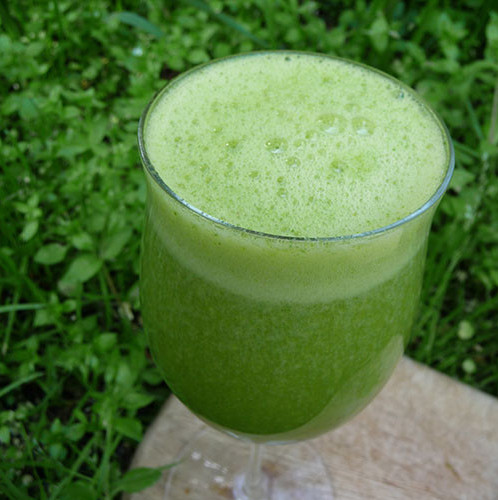
Consume it! It’s free! A fresh pressed juice is probably the most beneficial way to consume this wild edible.
As I have mentioned above, I am putting a handful of chickweed to my banana plus a “choice of fruit” into my blender. Unfortunately, the earthy taste is pretty overwhelming… what might be due to the stems I put in. So please, take the leaves and the flowers but not the stem! Another option is to put it into your green salad or simply juice them whole. But remember to dilute it with other green leafy vegetables, e.g. with cucumbers or celery.
Is it dangerous?
No! It is said in very large quantities, this seemingly innocent plant is somewhat toxic, but symptoms are not well documented. Due to its high amount of saponins, some people may experience an upset stomach. Do you know there are different kinds of chickweed out there? They are actually pretty easy to distinguish once you know. Some variations are said to be really toxic for horses… and cows… who would have thought? Despite being registered as being toxic in excessive quantities, chickweed is not banned by the U.S. Food and Drug Administration (FDA).
Nevertheless, it is always important to know what to consume. Identifying wild plants is sometimes tricky (like mushrooms) and you need to do some research beforehand. Just note, chickweed is known to grow by some poisonous varieties.
Enjoy the chickweed benefits
Whatever plant is in its natural state (not cultivated in any way) has much greater concentrated nutritional components over cultivated or hybridized vegetables and fruits. So go out and shop in “nature’s produce section”! Picture that… all those free plants possess a vigorous and hardy nature…. they don’t require the care of us humans to thrive. They have quite resilient qualities… we only shall benefit from it, don’t you think? Foraging for wild foods is fun and gets us outside with the whole family. And the best… I hope we never will be in the need of it… it’s a great emergency survival food…
